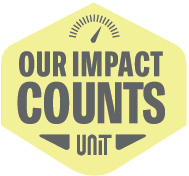What Would Nature Do? 5 Lessons for Biomimetic Marketers
By Alison Klein | September 14, 2016
In her presentation at Sustainable Brands ’16 Janine Benyus, biologist and founder of (B Corp!) Biomimicry 3.8, describes the brilliance of biomimetic design and explores what nature can teach us about leadership. If you’re interested in nature or animals or design (or leadership lessons, of course), it’s a must-watch.
Her talk got me thinking about what nature can teach us about Purposeful marketing (Click to Tweet!). I’m not a biologist but I did take environmental science and geology so I’m not totally clueless. The following five principles really are derived from actual science. Promise.
Get Pegable blog posts sent right to your inbox for ideas, advice and resources on activating your company’s Purpose.
1. If you’re camouflaged, no one will see you
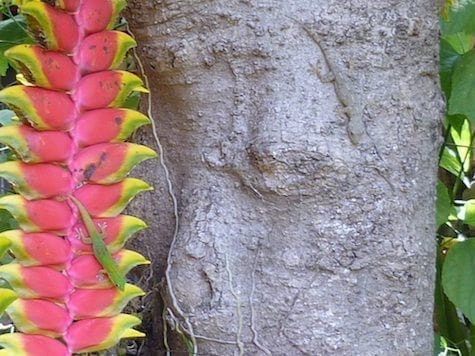
There are two geckos here. Which one do you see first? Image Credit: By Philstone + recadrage de The Titou via Wikimedia Commons.
This lesson is pretty obvious and it’s already been applied to marketing by thinkers like Seth Godin in his exploration of purple cows.
Camouflage is one of many methods of deception that animals use to better their chances of survival. In crypsis, animals become difficult to sense because they blend in with their surroundings.
You need to stand out from your surroundings to get noticed. In marketing speak, that means differentiating yourself from your competitors. While ten years ago adherance to the triple bottom line was a powerful differentiator, these days customers expect more from conscious brands and it’s activating your Purpose that can really set you apart.
2. Community level marketing is key for reach
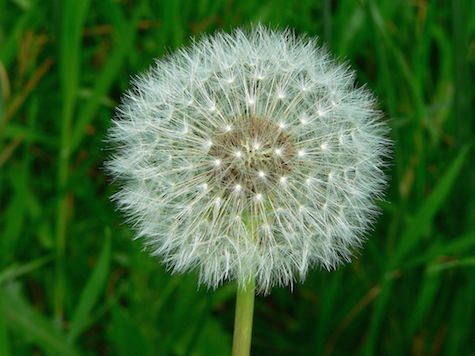
Dandelions and other plant species use community level marketing to spread their message — er, seeds. Image Credit: Greg Hume via WIkimedia Commons.
Many plant species depend on other organisms and natural forces to disperse their seeds. If the seeds took root right below the parent plant, the competition for sunlight and water would make it challenging for them to survive.
Some seeds are appealing to birds that digest them and then excrete them far from the parent plant. Some seeds have hooks or barbs that catch onto animals’ fur and feathers. Still other plants, like the mangrove, depend on water for seed dispersal and some depend on the heat of fire to open their seed cones.
There are methods of automating seed sowing used in agriculture, like the seed drill. The seed drill is great for farmers, but in our context, it’s akin to broadcast marketing. In today’s era of social engagement, your shouldn’t rely entirely of one-way communications through which you drill in your message over and over and over again.
To really engage your target customers and achieve widespread reach for your purposeful brand, find ways to make your customers partners in Purpose. Just like plants use other forces to carry their seeds to new places, you can leverage approaches like community level marketing to engage new audiences who share your Purpose and to motivate loyal customers to spread the word.
3. No one is motivated by what you want
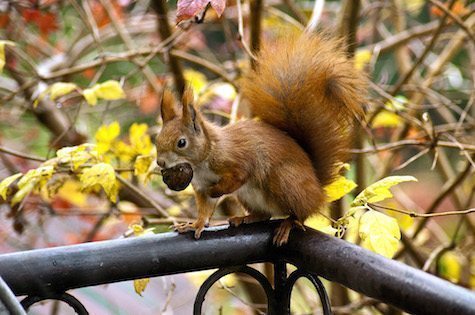
Squirrels are all about the WIIFM — What’s In It For Me?
You probably know that squirrels like to eat acorns and you might think that would negatively impact oak tree reproduction. Nope.
As scatter-hoarders, squirrels bury the acorns they don’t eat immediately. They then fail to recover roughly 74% of the nuts they bury. Some of these grow into oak trees and closer inspection reveals that the composition of the acorns encourages behaviors that are favorable to oak tree growth.
Red-oak acorns have more lipids (yummy fats) toward the top and more tannins (the biomolecule that makes red wine bitter) toward the bottom where the seed part is. Squirrels will often eat the yummy top then discard the seed-containing and bitter bottom, leaving it to take root and grow.
What does all of this have to do with marketing? If you want people to buy your product, come to your event or join you in making change, you have to provide a really compelling answer to the question “What’s in it for me?” (WIIFM).
Nature’s response to the squirrel’s WIIFM is the yummy, lipid-rich acorn top. When you want your customers to do something, always start by answering the WIIFM. It’s the foundation of framing a motivational ask. Then you can decide how to incentivize them with tangible rewards like discounts, referral bonuses and charity donations; less tangible benefits like assistance realizing their aspirational selves; or a combination of the two.
4. A long gestation period is worth the wait
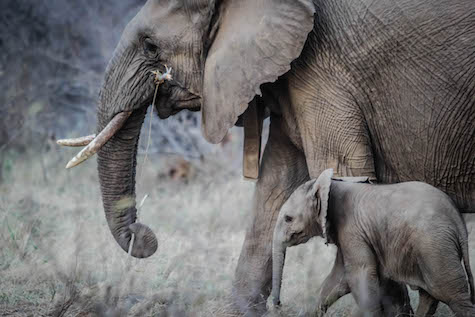
Elephants never forget…that a long gestation period can be worth the wait! The same goes for your lead nurturing process.
African elephants’ gestation period is right around two years (poor elephants).
It can be frustrating when engagement and retention efforts don’t translate into an immediate uptick in sales like a push to acquire new customers might. It helps to remember that acquisition-focused gains are often just that: upticks. These efforts are vitally important to young businesses and product lines, but they won’t win long-term, loyal customers unless they’re accompanied by an investment in building relationships.
Once you’ve turned a prospect into a customer, it’s crucial to focus on the big picture and work to build a meaningful relationship. If you set your sites on winning repeat customers rather than just making the sale, you can build a community of customer advocates to bolster your bottom line long-term. After all, increasing customer retention rates by 5% has been shown to increase profits by 25-95%.
While thinking about the big picture can be challenging, it’s well worth it when you end up with loyal customer advocates – or a cute baby elephant, as the case may be 😉
5. Teamwork makes the dream work
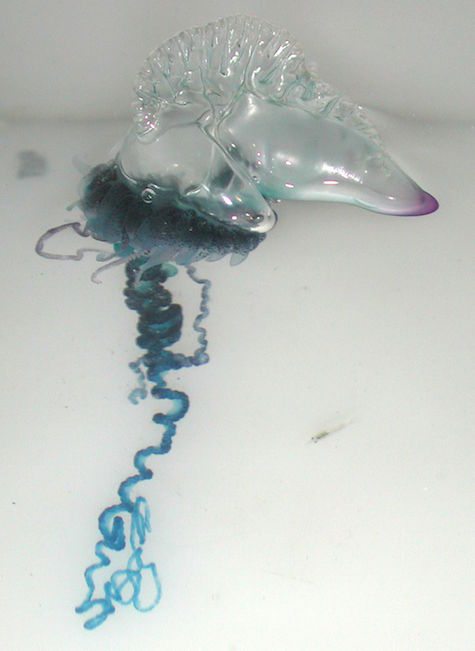
This Portuguese man o’ war is not a jellyfish — it’s not even an it! It’s a them, and they’re a great example of teamwork.
Have you heard of the Portuguese man o’ war jellyfish? You’ve been mislead, my friend.
This fascinating specimen is not a single organism, nor is it a jellyfish. The Portuguese man o’ war is a Siphonophorae – a group of organisms that are so strongly integrated, they function as a single organism. In fact, sometimes the individual organisms are so dependent on the whole that they’re unable to survive on their own.
In the case of the Portuguese man o’ war, three types of medusoids and four types of polypoids are grouped into cormidia beneath the pneumatophore. I don’t really know what that means, but I do know this: teamwork is crucial to achieving impact at scale.
By using your Purpose to connect with your customers and provide meaning filled experiences, you can motivate them to be your partners in change and promote your brand. Like a Siphonophorae, you can join forces to achieve a shared goal. Your company can’t survive without customers, and it can’t achieve as much impact without them either.
Of course your customers aren’t the only ones who can be partners. For purpose-driven businesses, forming alliances with likeminded companies, nonprofits and other organizations is a smart way to amplify your impact and broaden your brand’s reach.
I hope you’ve enjoyed my foray into the natural world as much as I have. Do you know about any other marketing lessons that nature teaches us? Tell me about them in the comments below!
Need help harnessing the power of Purpose to supercharge your marketing? Sign up for a free Purpose consultation.


